E-bikes, or electric bicycles, have revolutionised how people commute, offering a greener and often more convenient alternative to traditional bicycles and motor vehicles. However, their increasing popularity has also sparked questions about road legality across different regions. Each cycling jurisdiction may have varying traffic laws and safety standards, leading to restrictions on how e-bikes can be classified and operated. This guide aims to shed light on the legal requirements for e-bikes in the UK and various parts of the world, helping you navigate the complexities of e-bike compliance.
To check if your electric bike is legal, fill in the tool by selecting your country and entering details about your bicycle. You’ll need to provide your motor wattage, the top assisted speed of your e-bike, and whether it has a throttle. There are three throttle options to choose from: no throttle, walk-assist only (up to 3.7mph), or a full throttle that works without pedaling. The tool compares your setup against the current regulations in your selected country to determine if your bike is road legal according to the classification criteria.
Key UK E-Bike Laws at a Glance
- Under UK law, your electric cycle must be pedal-assist only.
- The maximum power output is limited to 250 watts.
- The top assisted speed must not exceed 15.5mph (25km/h).
- Throttles are only allowed if they assist up to walking speed (3.7mph) without pedalling, unless they are DVSA-approved.
- Full-throttle e-bikes are only legal if tested and approved as EAPCs by the DVSA.
- Your e-bike must have working pedals to be classified as road-legal.
- No license, registration, or insurance is needed as long as the bike is compliant.
- E-bikes must be used on the roads or cycle lanes, but not on pavements.
- If your bicycle functions like a moped or motorcycle, it falls under different regulations.
- Non-compliant bikes may require tax, insurance, a licence, and a number plate.
Troubleshooting: What If Your Bike Fails the Check?
Your Power Output Is Over the 250W Limit
This is tough. If your motor exceeds 250W and it’s clearly labelled, there’s no legal way around it unless you register the bike as a motor vehicle which involves tax, insurance, a number plate, and possibly a licence, as your bike is considered a moped under automotive jurisdiction.
Many people ride these bikes anyway. I have even done this myself as I think the law is totally stupid, but if you’re stopped by police, there’s a high chance they’ll seize it or at least issue a warning. Traffic offences are taken seriously, and if you’re caught again after being warned, expect it to be confiscated, so if you take the risk, understand the consequences if you are caught.
Some riders try to get around this by sticking a fake 250W label over the motor rating you can buy on eBay and similar sites. That said, the stickers rarely look convincing. While the average police officer might not notice, anyone who knows e-bikes will be very suspicious and can easily spot discrepancies in the standards.
The power output of your e-bike must not exceed 250 watts, on the label on the motor or in your documentation, to meet the safety classifications.
It would also be a good idea to limit your speed to 15.5 mph if you really want to avoid being stopped on one of these bikes, adhering to the designated traffic safety limits.
Speed Too High? Cycle Rules Require a 15.5mph Limit
If your e-bike provides assistance beyond 15.5mph (25 km/h), it’s not EAPC-compliant. The good news is that many bikes allow you to limit the top assisted speed in the controller or settings menu on your LCD display screen. Check your manual if it can be adjusted to 15.5mph or lower, and locked in; you may be able to make it compliant, so this is usually something you can fix to meet classification standards.
Throttle Issues: Pedal-Assist Required, Walk-Assist Mode, or DVSA Approval Needed
Full-power throttles (that work above 3.7mph without pedalling) are not legal in the UK unless the bike has been tested and certified by the DVSA.
Some companies do offer bikes with legal throttles that operate up to 15.5mph, but these are rare and only legal because the bikes are tested and approved to meet safety standards before being sold to customers, for example, Pediabal, who show the documentation and procedure on their website here
If your throttle can be disabled or reconfigured in the controller or the LCD settings, or it only works while pedalling or only functions as a walk-assist, you may be able to make the bike compliant. Otherwise, it falls into the same legal category as a petrol-powered scooter and is subject to the same registration, tax, and insurance requirements due to its classification.
You can get your own bike’s throttle DVSA-approved; however, there is a whole MSVA manual, you have to follow
Your bike must only use pedal assistance to be legal in the UK
If You’re Not Sure What Failed
Use the tool again, check each field carefully, and compare the results. If you’re unsure about your motor rating or throttle behaviour, check your bike’s display, controller, or manual, or ask the supplier directly. Some bikes are configurable, others aren’t; knowing your hardware is key to ensuring it meets jurisdiction standards.
My Motor Is Bigger Than 250 Watts
Your bike fails this test because it exceeds the 250W legal limit. But you can still make it road legal if you’re willing to jump through the hoops. You’ll need a valid driving licence, get the bike MOT tested, taxed, and registered like a moped. It’s a faff, but technically possible.
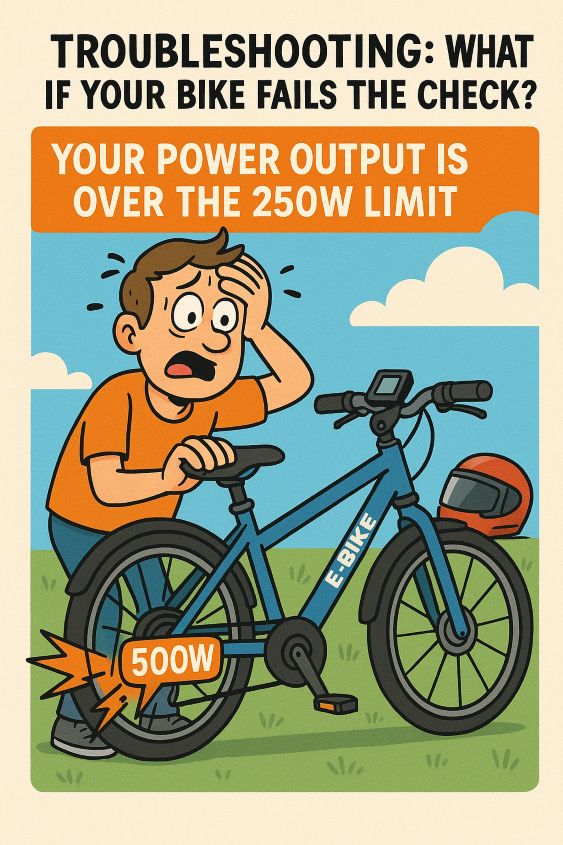
Bought the Bike Without Knowing the Law? Here’s What to Do
You’re not alone.
It’s important to understand that owning a non-compliant bike isn’t illegal; it’s riding one on public roads that’s the issue, as it poses a risk to traffic safety and violates legal restrictions.
Many people buy high-powered e-bikes or full-throttle models without realizing they’re not road legal, especially in countries like England where specific regulations exist. It’s especially common with online purchases or imported bikes where the legal requirements aren’t clearly explained. In fact, it’s not unusual for someone to unknowingly import an e-bike that doesn’t meet EAPC regulations, only to find out later that it can’t be legally used on public roads. If you’ve already spent a lot of money and are now gutted to discover your bike isn’t compliant, it’s completely understandable. It can be a frustrating and disappointing situation, especially when the rules aren’t always made clear at the point of sale.
In some cases, you may be able to make adjustments through the controller settings, such as limiting the top speed or disabling the throttle, to bring the bike closer to legal requirements. Additionally, the operation of these bikes might still be legally permitted off-road or on private land, or you could look into whether your model can be registered as a motor vehicle by applying for the correct permit with the government.
Plenty of people still take the risk and ride these bikes on public roads. I’ve done it myself over the years, and I’ve spoken to police officers in England in person about how the law works. Honestly, I think the rules are outdated and need to be reviewed. But if you’re one of the unlucky ones who end up having your bike seized, it becomes a very expensive lesson.
Either way, it’s always better to find out now than risk a fine or losing your bike later; at least if you take the risk, it’s an informed risk.
Riding an e-bike legally in the UK means following specific rules. The issue arises when your bike starts functioning more like a motorcycle; that’s when everything changes. Riders of mopeds and motorbikes often ask, “Why do we need insurance if people with e-bikes don’t?” That’s where the legal grey areas start to show.
If your bike isn’t compliant for road use, you won’t be able to legally use it in cycle paths or lanes either and you would be required to wear a full helmet like motorcyclists.
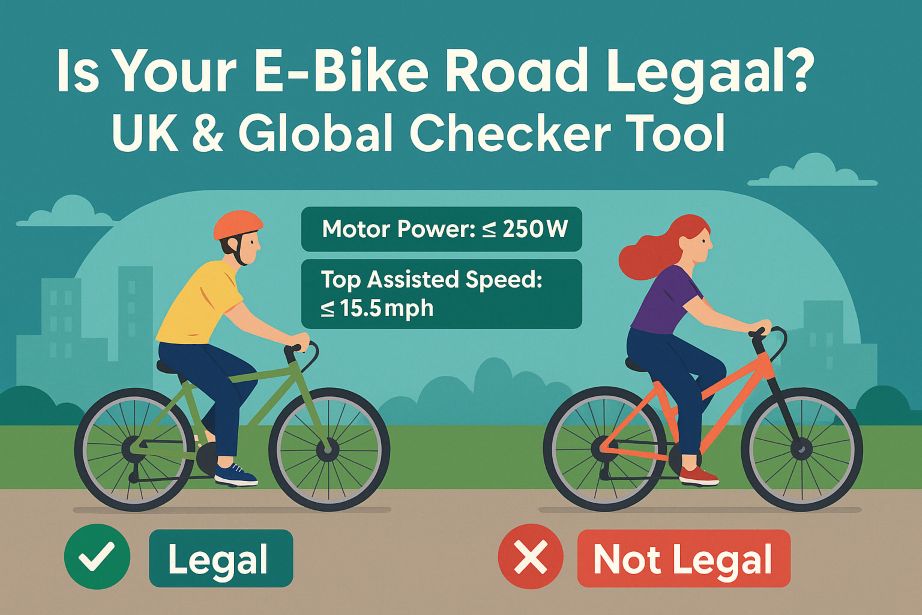
Why Road-Legal E-Bikes Matter More Than You Think
Electric bikes are a fun, fast, and eco-friendly way to get around, but if your bike doesn’t meet legal requirements, it could cause real problems. Riding a non-compliant e-bike on public roads isn’t just bending the rules; it can lead to fines and points on your driving license if you have one, having your bike seized, or even legal action if you’re involved in an accident, which is the worst-case scenario.
In some cases, riders have had their bikes confiscated on the spot for failing roadside checks. If your e-bike is treated as a motor vehicle under the law, you’re expected to have tax, insurance, a license, and registration just like a moped or motorbike. The government enforces these checks to ensure safety on both roads and cycle paths.
Understanding the rules means you can ride safely, avoid hassle, and keep your bike where it belongs—on the road, not in an evidence locker. Ensuring that your e-bike meets all operational legal standards in England not only simplifies your biking experience but also enhances the safety of all road users.
Disclaimer: This tool is intended for general informational purposes only and does not constitute legal advice. While we do our best to keep the information accurate and up-to-date, e-bike laws can change and may be interpreted differently depending on local enforcement. This tool also does not store any cookies or any privacy information.
Always double-check with your local authority or a qualified professional before using your e-bike on public roads. We take no responsibility for any legal consequences resulting from the use of this tool or your e-bike configuration.
Always double-check with your local authority or a qualified professional before using your e-bike on public roads. We take no responsibility for any legal consequences resulting from the use of this tool or your e-bike configuration.
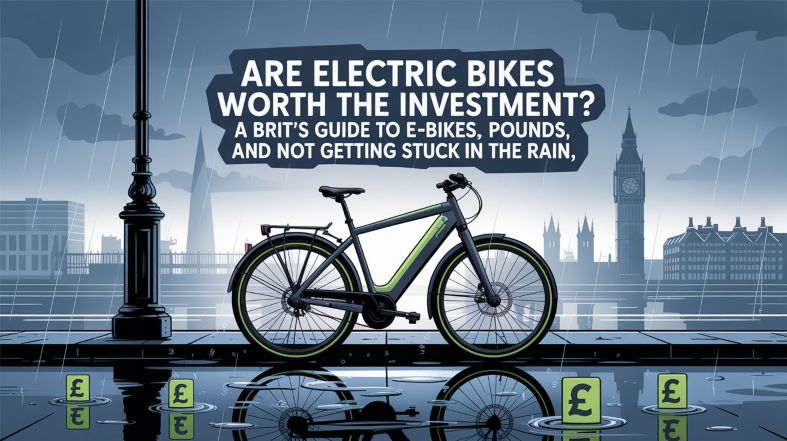
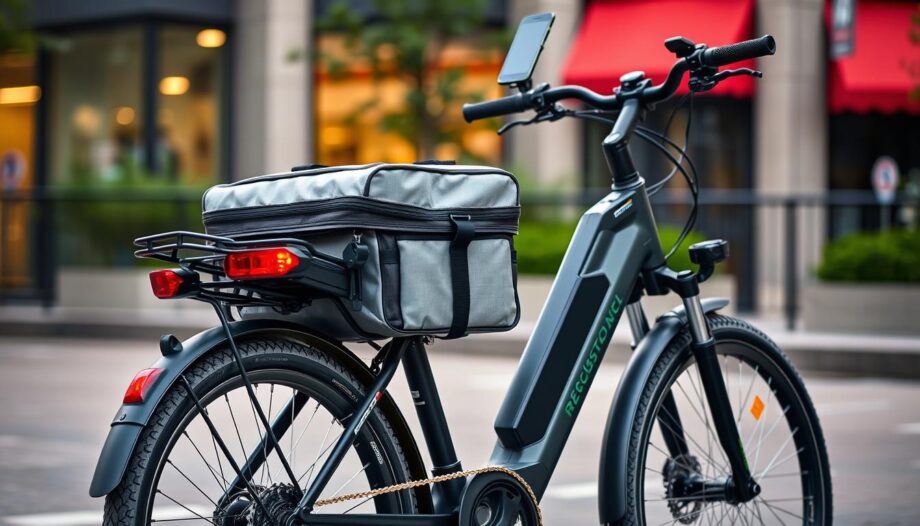
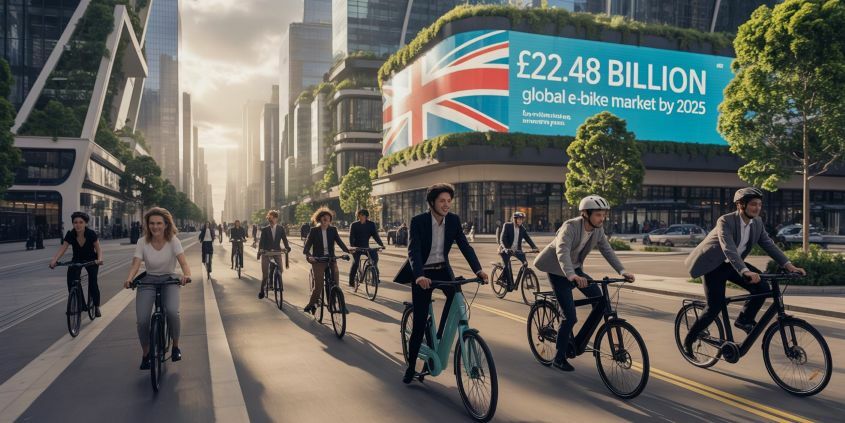
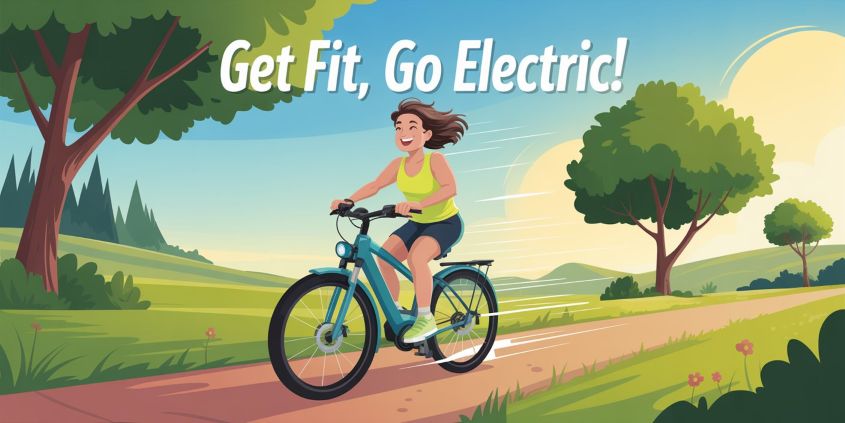
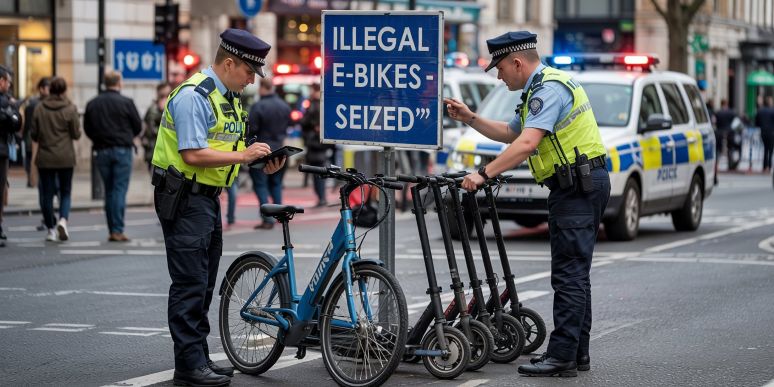
Your site is wrong, EPAC allows throttle only up to 15.5mph, if the bike is approved.
When your bike is an EAPC
An EAPC:
must have pedals that can be used to propel it
can have more than 2 wheels, for example a tricycle
*** It can be propelled up to 15.5mph without pedalling but only if it’s been approved. ***
Its electric motor:
must have a ‘continuous rated power’ output of no more than 250 watts
must not be able to propel the bike when it’s travelling at more than 15.5 miles per hour (mph)
That is true actually, I forgot that when I built this tool I will update it when I get chance
Thanks
The original regulations applying to EAPCs issued in 1983 allowed for “twist and go” operation. The regulations were amended to include the necessity to pedal, and this was issued in 2015 but not applied until 2016 (to allow time for manufacturers to sell old stock). I believe the 2016 regulations were NOT applied retrospectively therefore eBikes sold before 2016 ARE legal to use a throttle without pedalling. As I understand it. Do you agree and if so, your webs ite will need another update!
Thanks for this opportunity.
All the best,
This is true, but I did not add it to the tool, as really not that relevant now as am sure not many of these bikes are still in circulation from before 2016, but you are right Bikes sold before January 1, 2016, that feature full-speed throttles allowing speeds up to 15.5 mph without pedalling are generally legal under the EAPC regulations, I have never met anyone who owns one of these bikes though ha !